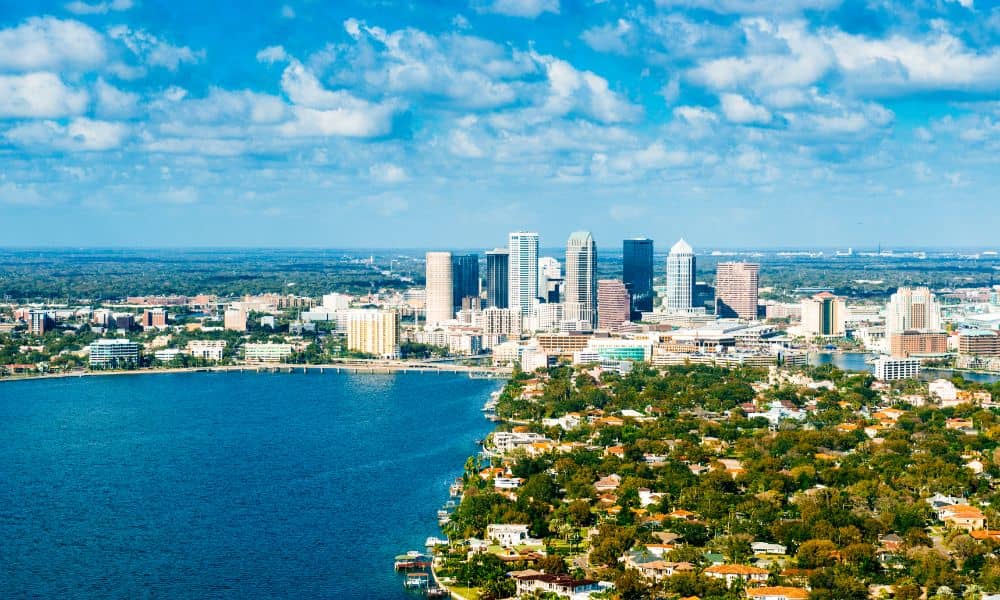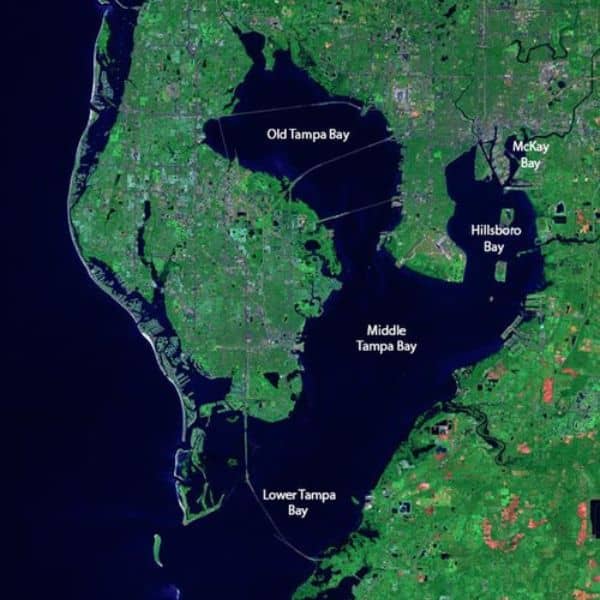
Tampa Bay is home to some of Florida’s most important natural ecosystems—mangroves, salt marshes, and freshwater wetlands that help protect both people and wildlife. These areas play a big role in keeping our water clean, reducing flood damage, and providing a home for fish, birds, and other animals. But as Tampa continues to grow, so does the need to protect these wetlands.
One tool that’s helping scientists, environmental groups, and developers work smarter is LiDAR mapping. It’s changing the way we see and understand land—especially delicate places like wetlands.
Why Wetlands Matter in Tampa Bay
Wetlands are one of nature’s best tools for protecting our communities. They:
- Soak up floodwaters from heavy rains and hurricanes
- Trap pollutants before they reach Tampa Bay’s waters
- Serve as nurseries for fish, crabs, and other sea life
- Help fight climate change by storing carbon
As Tampa continues to grow, some wetlands are being altered or lost. To protect them, we need accurate, up-to-date data—and that’s where LiDAR mapping in Tampa, FL proves incredibly useful.
How LiDAR Helps Map and Protect Wetlands
1. Spotting Subtle Elevation Changes
Wetlands often sit just inches above sea level, making them hard to map with regular tools. LiDAR can detect tiny elevation changes that help experts tell where wetland areas begin and end. This helps define protected zones more clearly, especially near the coast.
2. Understanding Vegetation
LiDAR can also measure the height and density of plants. This helps scientists track the health of wetlands, see which types of vegetation are growing, and monitor how these areas respond to storms or changes in water levels.
3. Monitoring Over Time
When LiDAR scans are done regularly, they help show how wetlands are changing—whether they’re shrinking, growing, or shifting inland due to sea level rise. That’s key for long-term planning and restoration.
4. Supporting Better Land Use Decisions
With accurate LiDAR data, developers can avoid building in protected or flood-prone areas. Environmental agencies can also use it to support permitting decisions, making sure projects meet state and federal guidelines.
Local Impact in Tampa Bay

Groups like Tampa Bay Watch, the Southwest Florida Water Management District (SWFWMD), and local governments are already using LiDAR to protect our coastal ecosystems. It’s helping with everything from shoreline restoration to climate resilience planning.
When everyone—from scientists to city planners—has access to clear, accurate maps, they can make better choices that support both growth and the environment.
Final Thoughts
Tampa Bay’s wetlands are too valuable to lose. LiDAR mapping gives us a clearer picture of where these ecosystems are and how they’re changing. Whether you’re protecting mangroves, building a new development, or restoring a shoreline, LiDAR helps get the job done right.
With smarter tools and better data, we can keep Tampa Bay’s environment thriving—now and for the future.